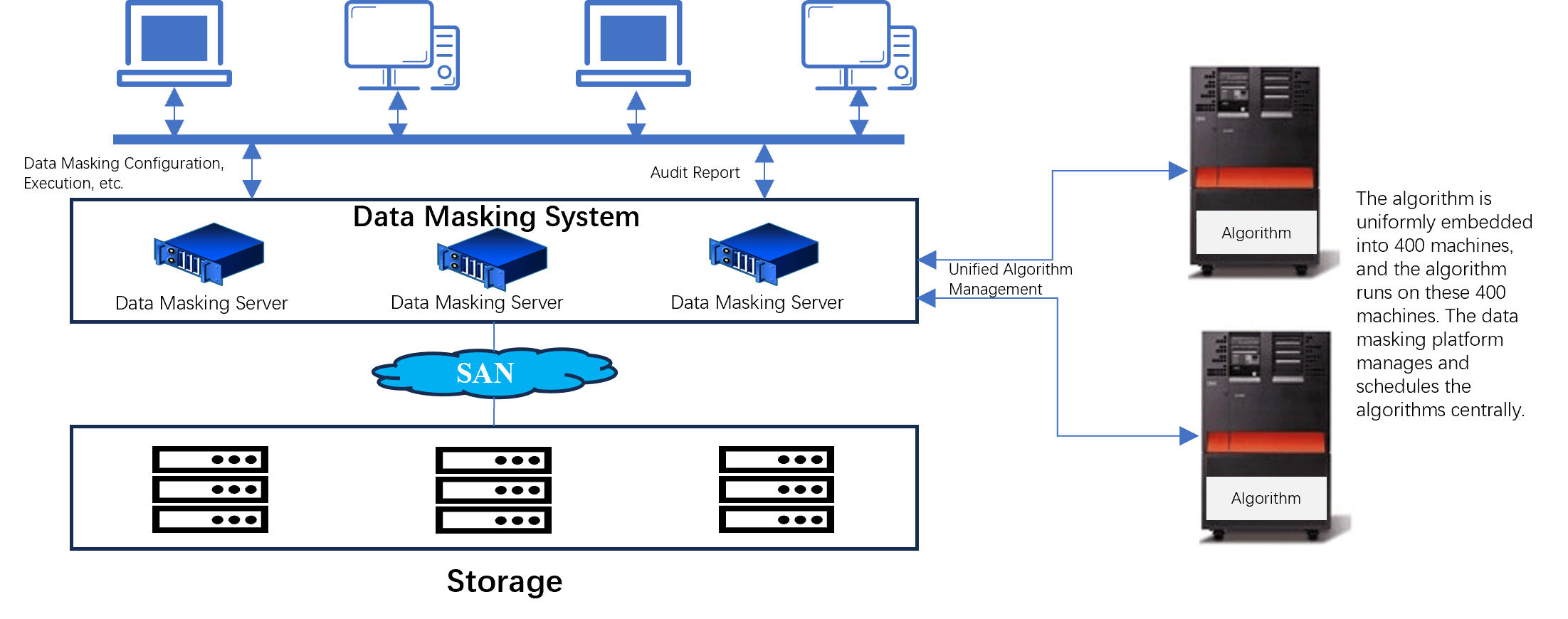Background
Banks handle large volumes of sensitive information related to customer identities, accounts, and transactions. Data masking is a key measure to ensure information security and protect customer privacy. During data transfer, testing, development, and outsourcing, failure to apply masking can lead to data breaches, resulting in legal, reputational, and financial risks. With the enforcement of laws such as the Personal Information Protection Law and the Cybersecurity Law, data masking has become a fundamental compliance requirement. Moreover, it enables data sharing and business innovation without exposing sensitive information, thereby improving operational efficiency and risk management in banks.
Customer Challenges
Banks commonly face the following security challenges:
Quality Issues: The bank’s existing data masking algorithm is developed by the software center or application vendors and implemented through version releases. In previous data masking processes, there have been issues such as incomplete masking and reversible masking results, which directly led to data masking failures.
Data Disassociation: The current data masking process does not involve associated data masking. The existing masked data is also unable to meet the requirements for cross-system business testing.
Long Cycle Time: With version changes across various batches and systems, as well as the launch of new systems, the original data structures in the database may change. Consequently, the old data masking version becomes invalid. The data users are directly faced with the need to request a new data masking version from the software center, which then involves a series of steps such as scheduling, development, and database integration, resulting in a long overall development cycle. The masking version software has a short lifecycle, and the manpower investment is significant, leading to unpredictable derivative issues and impacts.
Solution
Deploy a data masking system within the production network to meet the de-identification needs of various business scenarios through diverse masking algorithms.

Implemented Results
A user-friendly data masking platform was built, enabling data masking across all business systems in the industry. Specific features include task management for data masking, parameter management for masking, rule management for masking, subset extraction, automatic sensitive information discovery, task monitoring, auditing management, and access control management, among others.



